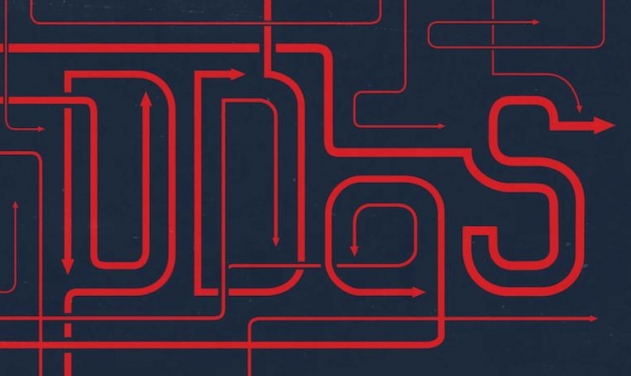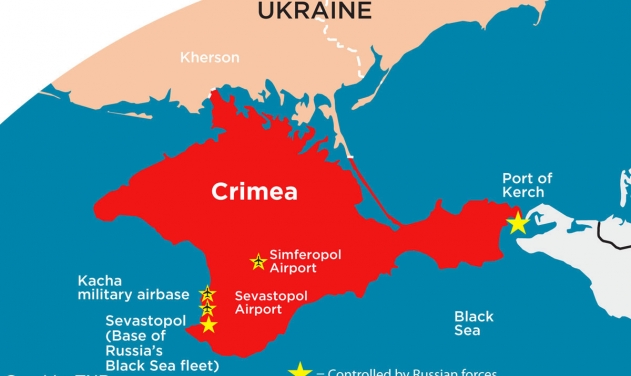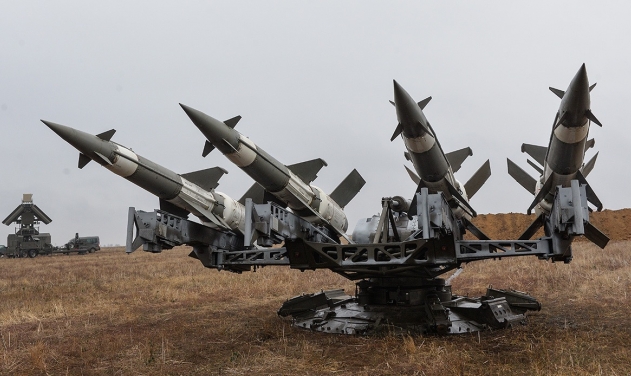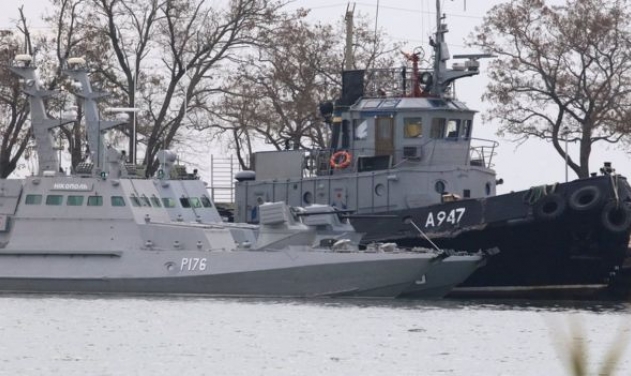Russian Cyber Attack against Ukrainian MoD During Kerch Strait Incident

The Ukrainian Defense Ministry has accused Russia of conducting a DdoS (distributed denial-of-service) attacks on its websites simultaneously during the Kerch strait incident where Russia attacked and captured Ukrainian boats.
“The divisions of the Ukrainian Armed Forces responsible for cybersecurity have transitioned to operating in combat mode,” Major General Volodymyr Rapko, head of the Ukrainian General Staff’s Main Directorate for Communications and Information Systems was quoted as saying by UAWire Tuesday.
Rapko also added that since 2014 there has been a sharp climb in the number of cyberattacks, on various levels of complexity, aimed at disrupting the Ukrainian Armed Forces’ control and communication systems. However, the cybersecurity divisions have developed clear algorithms to react to various types of cyber threats and attacks, which are generally DdoS attacks on the systems, or the propagation of malware.
For example, one of the cybersecurity devices picked up an attack on the Ukrainian Defense Ministry website with more than 6,000 requests per second. “According to its geography, the attack was coming from Russia, but they can also use platforms of countries allied to us to carry out cyberattacks, which makes the ultimate identification harder,” the general noted.
According to an IEEE paper by Saman Taghavi Zargar, James Joshi and David Tipper titled, “A Survey of Defense Mechanisms Against Distributed Denial of Service (DDoS) Flooding Attacks”, Denial-of-service attacks are characterized by an explicit attempt by attackers to prevent legitimate use of a service. There are two general forms of DoS attacks: those that crash services and those that flood services. The most serious attacks are distributed.













